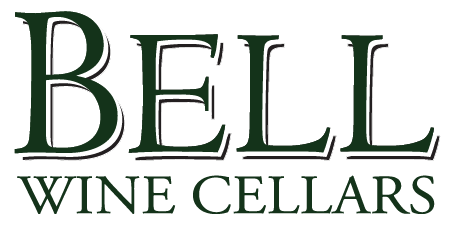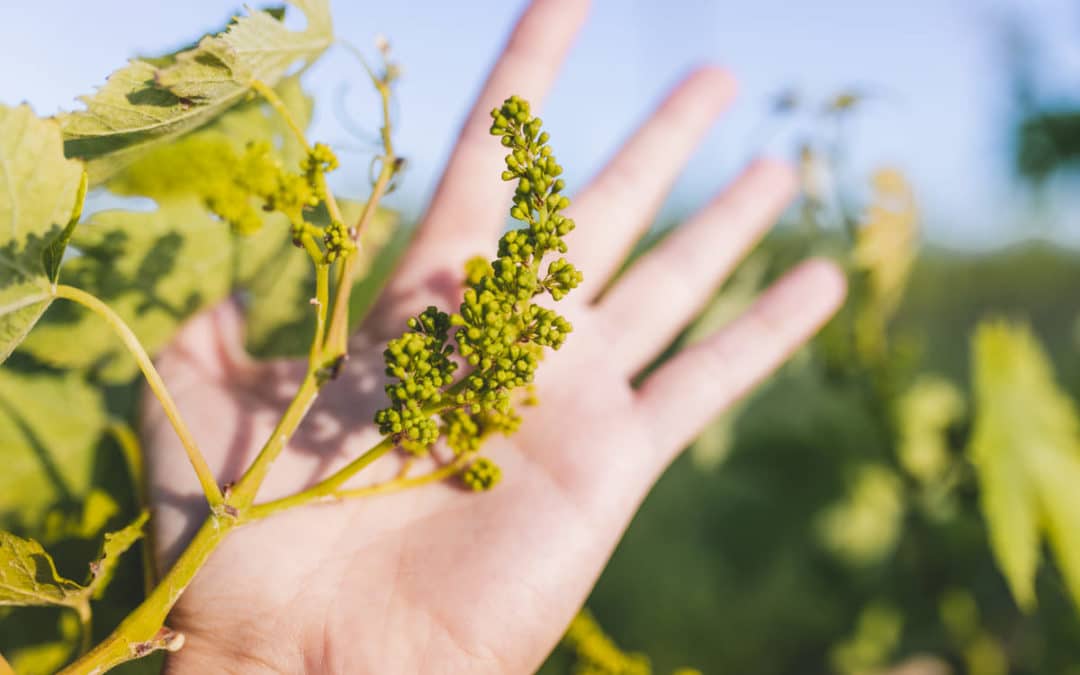Bud break and Flowering
In the spring, after the vineyard crews have carefully pruned back the prior season’s growth on each vine to encourage new grape development, new buds begin to emerge that will soon open to become flowers. Signaling the onset of the growing process, this reawakening is demonstrated best by the rapidly change of color of Napa Valley vineyards from a drab brown to a vibrant green.
Napa Valley wine budbreak occurs over an eight-week time period based on the grape variety, the existing microclimate, and the vineyard’s elevation.
By mid-April, the new buds begin to flower, demanding continual care and attention as they develop.
Freeze Protection
During the budbreak and flowering stage, vineyard managers must be wary of severe temperature drops. The air can suddenly turn cold, particularly at night, and drop below freezing in many areas. Without a strategy to protect the delicate buds and flowers, damage can occur to impact the final crop.
Some vineyard managers use high-powered wind machines to circulate the air surround the vines to ward off freezing. Like their orange-growing comrades, other managers fend off the freezing air by using sprinklers to coat the vines with water, a process that actually warms and protects the developing buds with a thin ice coating.
Fruit Set
As the weather continues to warm and the flowering stage has passed full bloom, tiny green clusters will appear. The number of clusters-per-vine presents an indication of the vineyard’s ultimate year-end yield. Sparse fruit development means a diminished economic return for the grower.
Canopy Management
Like any crop, managing the amount of sunlight the vines will receive is an essential function. Excessive leaf and branch growth may seem like the vine is thriving, but this may also mean that the grapes are partially or wholly shielded from receiving the much-needed sunlight and air.
Trained vineyard employees regularly inspect the vines to remove the vine parts that are shading the grapes to allow just the right amounts of sunlight. Too much sun can also be harmful, so the process demands understanding how the sun tracks across the vineyards each day.
While canopy management occurs throughout the growing season, producers of the highest quality grapes will also remove the grape clusters that are not developing correctly. This culling process ensures a consistently high-quality raw material for Napa Valley wine production.
Veraison
Veraison is the natural maturing process that causes the grapes to change color. Red varieties turn from green to purple, while most white varieties convert from darker green to a lighter golden, greenish shade. This ripening process occurs as the sugars develop. The ideal balance of sugars and acids within the grapes is what makes each Napa Valley wine exceptional.
The Harvest
Finally, the grapes are ready for harvest! This process may begin as early as late summer for some white varieties and extend into November for some Cabernet Sauvignon grapes. Weather and grape type are influencing factors since late hot weather may speed up the harvest while certain varieties always take longer to mature.
Wine Tasting at Bell Wine Cellars in Yountville
The pace in Napa Valley is picking up.
Bell Wine Cellars once again opens their doors for wine lovers to come to Napa Valley and safely sample and enjoy an excellent Napa Valley wine tasting experience highlighted by the glorious springtime scenery.
Reservations are required for individual and group wine tasting sessions. To schedule your visit to the Bell Wine Cellars, visit the website to plan your:
- Current Release Tasting
- Grape to Glass Tour and Tasting
- Cabernet Sauvignon Clonal Tasting
- Sensory Tasting
- Library Clone 6 Tasting
- Or, your Corporate or Large Group Tasting
The wine experts at Bell Wine Cellars have established healthful protocols for associates and visitors so that all who visit can be assured a safe and enjoyable wine tasting experience.

